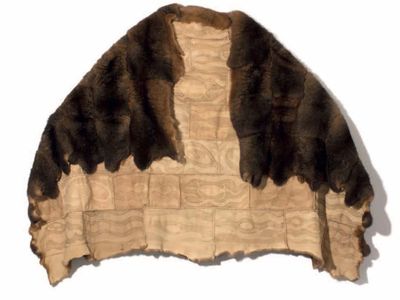Daniel Boyd
Yamani
2018
three-channel video
1920x1080, 19 mins, 17 secs
Located in the UTS Central, Jones St Lobby
Building 2, Level 4A
(CB02.4A)
Daniel Boyd
Born: 1982 Cairns, lives and works in Sydney. Kudjla/Gangalu peoples.
Yamani (the Gudjal word for the Rainbow Serpent) is a mesmerising video work that seemingly embodies the past, present and future. Boyd describes Rainbow Serpent as “a blanket term given by Europeans to many different aboriginal beliefs relating to creation.” The video provides a visual metaphor for the unknowable, hinting at concepts beyond our present existence.
Daniel Boyd is internationally recognised for his engagement with the colonial history of the Australia-Pacific region and its representation in Western Art. Drawing upon the discourses of science, religion and aesthetics, his work across painting and digital media reveals the complex ways in which political, cultural and personal memory is composed.
As a painter Boyd frequently works in a reduced palette of predominantly black, white, and grey, to create scenes composed of small dots on a canvas. The reduced, monochromatic palette of his paintings alludes to the sadness of events in the past and the personal implications of these events on Boyd, in the present.
In this video, Boyd applies his painterly technique in a digital form, overlaying varying shades of colour with a multitude of dots or lenses. A contemporary take on traditional Aboriginal dot painting, Boyd’s working method intends to find a language with which to simultaneously express a range of cultural ideas.
Boyd’s works are held in national and international collections including the National Gallery of Australia, Museum of Contemporary Art Australia, Art Gallery of New South Wales, the National History Museum, London, and most Australian state and territory galleries. He exhibited in the 56th Venice Biennale, received the Bulgari Art Award (2014) and completed commissions for the Australian War Memorial, Canberra (2018) and the MCA, Sydney (2014).
Born: 1982 Cairns, Queensland. Lives and works Sydney, New South Wales. Kudjla/Gangalu peoples
Daniel Boyd is internationally recognised for his engagement with the colonial history of the Australia-Pacific region and its representation in Western Art. Drawing upon the discourses of science, religion and aesthetics, his work across painting and digital media reveals the complex ways in which political, cultural and personal memory is composed.
As a painter Boyd frequently works in a reduced palette of predominantly black, white, and grey, to create scenes composed of small dots on a canvas. The reduced, monochromatic palette of his paintings alludes to the sadness of events in the past and the personal implications of these events on Boyd, in the present.
Boyd’s works are held in national and international collections including the National Gallery of Australia, Museum of Contemporary Art Australia, Art Gallery of New South Wales, the National History Museum, London, and most Australian state and territory galleries. He exhibited in the 56th Venice Biennale, received the Bulgari Art Award (2014) and completed commissions for the Australian War Memorial, Canberra (2018) and the MCA, Sydney (2014).
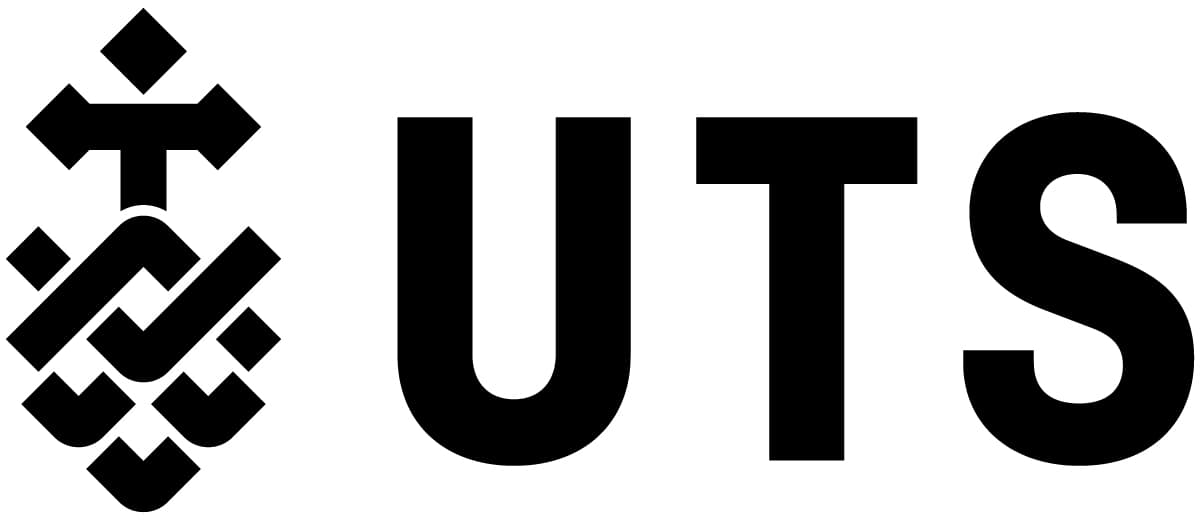

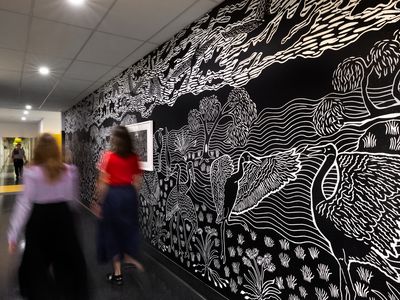

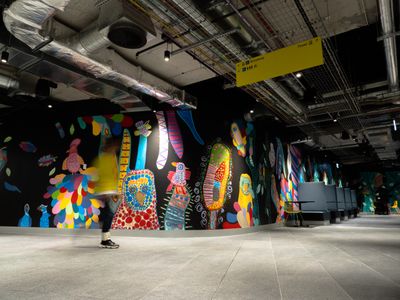
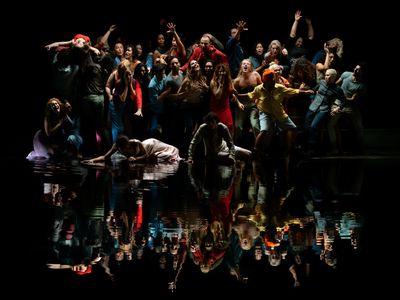
/https://uts-art-prod.s3.amazonaws.com/media/dd/images/35b09f6824a0f758a2c126325ff22e5f.jpg)
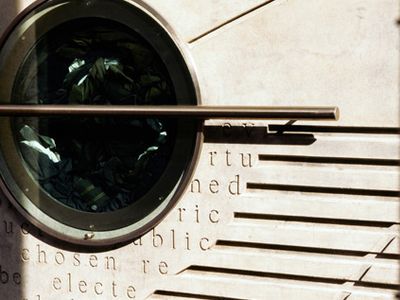
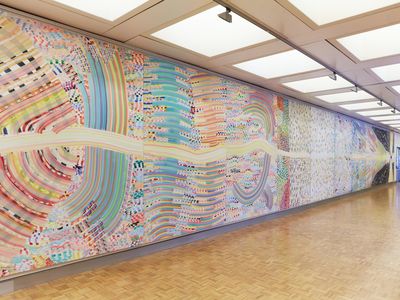
/https://uts-art-prod.s3.amazonaws.com/media/dd/images/df377b6c21304ede1f1e8f14abd59915.jpg)
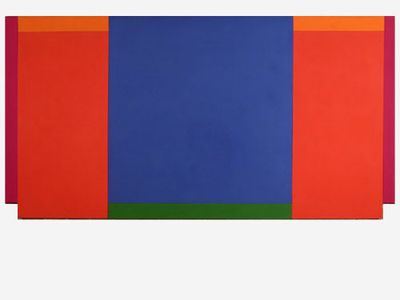
/https://uts-art-prod.s3.amazonaws.com/media/dd/images/00c7ff730a073ca9a6dd6aa34a23f2bb.jpg)
